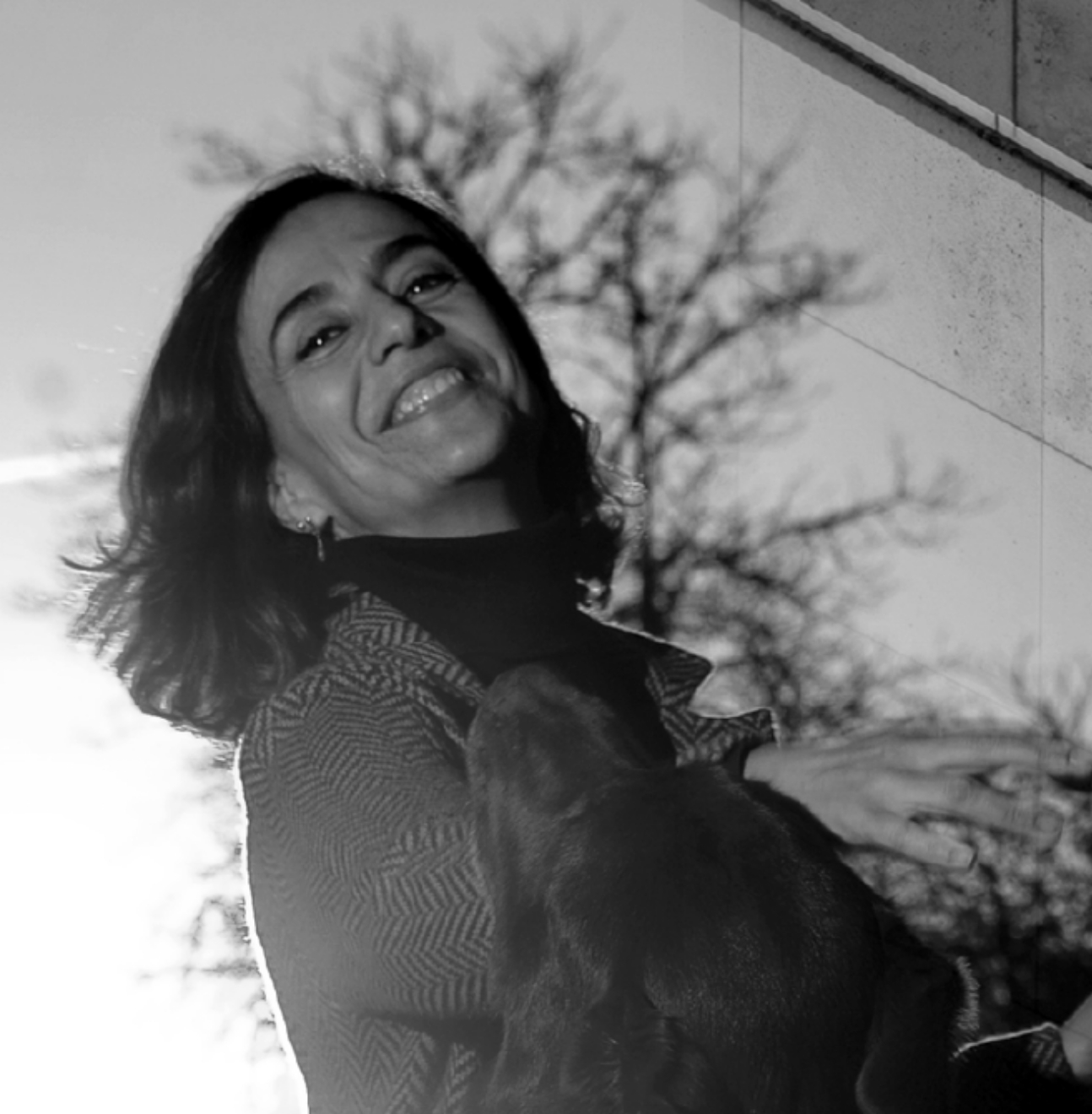

The architect Julio Cano Lasso, as respected as he was wise, occasionally referred to himself as an opponent of sad houses. The Elcano building displays an unmistakable yearning for flexibility and exudes a joyful, radiant atmosphere. Reminiscent of a transatlantic liner, its curvilinear three-storey prow points towards the signature holm oaks and pine trees of Las Rozas, Madrid. Cano Lasso designed Elcano in 1992, one year after being awarded the RIBA Royal Gold Medal for Architecture for his work, always carefully balanced and meant to endure over time.
Following his ergonomic design, the building took shape like a natural extension of the landscape. The façade, with its alternating ribbons of white stone and glazing, allows sunlight to pour into the building, saturating the open spaces within. As well as the light, the scrubland vegetation of Las Rozas and the blue-tinged outline of the Guadarrama mountains seem to infuse the building with nature’s energy.
Cano Lasso created a place where the landscape is a gentle presence in everyday professional life. Elcano, with its distinctive aesthetic, smart design and visionary approach to workspace, immediately became an icon of Spanish commercial architecture. That remains Elcano’s ambition today. Working in a building like this, a listed architectural treasure, is a real privilege.
Over three floors and 12,700 sqm, the interior basks in simplicity, linearity and purity of form. Generous windows embrace the surrounding landscape, with magnificent mountain views to be enjoyed from the roof terrace. Yet, Elcano shields its inner life from view: its sweeping workspaces, communal areas and delightful garden.
Of Julio Cano Lasso’s eight children, four became architects themselves. They say that he taught them to look at the world through different eyes, with rigour, seriousness and sensitivity. Now, the Elcano building is ready to teach you to see the world anew.

The architect Julio Cano Lasso, as respected as he was wise, occasionally referred to himself as an opponent of sad houses. The Elcano building displays an unmistakable yearning for flexibility and exudes a joyful, radiant atmosphere. Reminiscent of a transatlantic liner, its curvilinear three-storey prow points towards the signature holm oaks and pine trees of Las Rozas, Madrid. Cano Lasso designed Elcano in 1992, one year after being awarded the RIBA Royal Gold Medal for Architecture for his work, always carefully balanced and meant to endure over time.
Following his ergonomic design, the building took shape like a natural extension of the landscape. The façade, with its alternating ribbons of white stone and glazing, allows sunlight to pour into the building, saturating the open spaces within. As well as the light, the scrubland vegetation of Las Rozas and the blue-tinged outline of the Guadarrama mountains seem to infuse the building with nature’s energy.
Cano Lasso created a place where the landscape is a gentle presence in everyday professional life. Elcano, with its distinctive aesthetic, smart design and visionary approach to workspace, immediately became an icon of Spanish commercial architecture. That remains Elcano’s ambition today. Working in a building like this, a listed architectural treasure, is a real privilege.
Over three floors and 12,700 sqm, the interior basks in simplicity, linearity and purity of form. Generous windows embrace the surrounding landscape, with magnificent mountain views to be enjoyed from the roof terrace. Yet, Elcano shields its inner life from view: its sweeping workspaces, communal areas and delightful garden.
Of Julio Cano Lasso’s eight children, four became architects themselves. They say that he taught them to look at the world through different eyes, with rigour, seriousness and sensitivity. Now, the Elcano building is ready to teach you to see the world anew./p>





